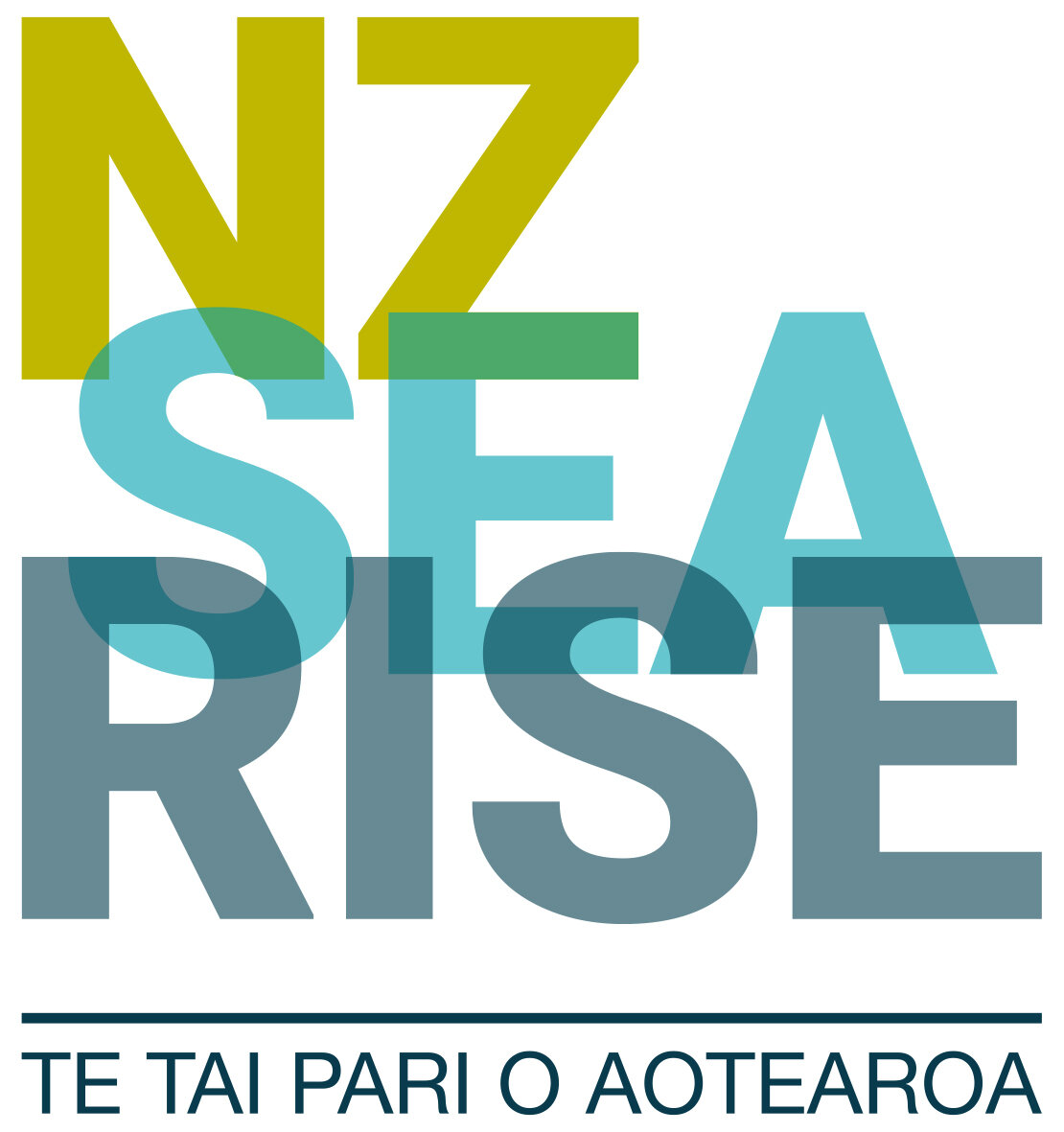Sea-level projections for New Zealand’s Scott Base rebuild
/Sea-level projections for New Zealand’s Scott Base rebuild
Levy RH, Naish TR, Golledge NR, Bell R, Stocchi P, Kopp R, Hreinsdottir S, Boyes AF, and Arnold J.
GNS Science report; 2020/13 - 18p
Abstract:
A primary goal in the NZ SeaRise Programme – Te Tai Pari o Aotearoa is to produce local sea-level projections for New Zealand / Aotearoa to include local effects like vertical land movement. These projections are not restricted to the coastline of Aotearoa, as New Zealand has interests and responsibilities that lie outside our Extended Economic Zone. Antarctica is one region where New Zealand has strategic interests and environmental responsibilities. The impact of sea-level change on our facilities in Antarctica will affect our ability to operate on the southern continent in the coming decades. New Zealand is developing plans for a new base to replace the ageing Scott Base facilities. Local sea-level projections are required to inform the design process. One of the largest uncertainties in future sea-level projections is due to uncertainties regarding the dynamic response of the Antarctic Ice Sheet to climate change. Vertical land movement will have an influence on local (relative) sea-level change in Antarctica, but changes in ice mass due to melting of Earth’s large ice sheets can also have a large effect in the polar regions. Whereas global mean sea level will rise in the coming decades, sea level may fall in regions close to the Antarctic and Greenland ice sheets. Here, we use results from new ice sheet modelling studies and outcomes from expert elicitations to estimate future sea-level response for the region off Hut Point Peninsula. Results indicate that, by 2100, local sea level may rise by ~140 cm or fall by ~90 cm depending on future carbon emissions.
Available here

